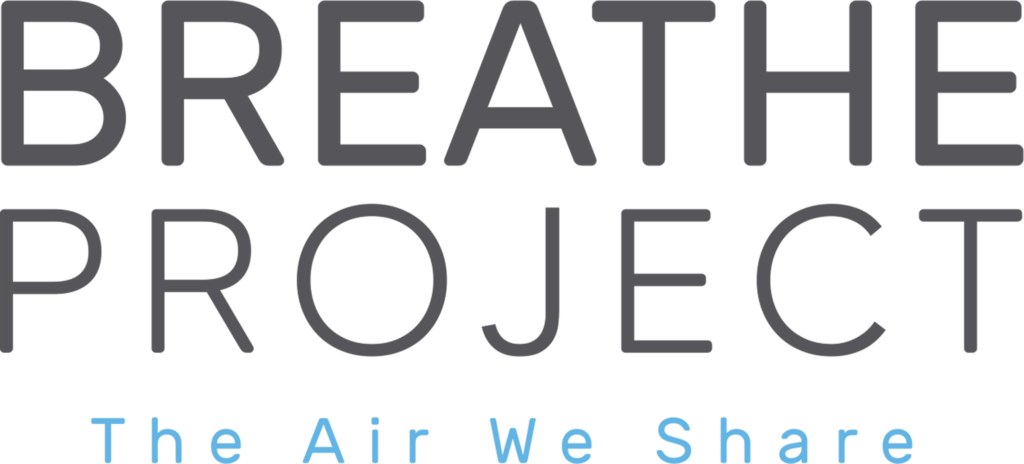Dear Honorable Members of Southwestern Pennsylvania’s Governmental, Business and Civic Leadership Delegation:
As members of the Breathe Collaborative, we wish to share what we see as a better future in the Mon Valley following U.S. Steel’s disclosure it was cancelling its promised investments there. We are calling for:
- A vision centering on improving the health of communities, with leadership and reliable, good-faith partners that keep promises.
- A plan respecting residents’ rights to clean air and water and a healthy environment.
- Investments in people, not in industries that harm communities.
- Solutions addressing short-term air pollution problems and long-term climate necessities lacking in past and current proposed plans for the Mon Valley Works.
- Reliable, family-sustaining jobs in industries that help – not hurt – their local communities.
We are living through the latest episode in U.S. Steel’s more than 50-year history of broken promises. Since the announcement, much has been said about the company’s decision to abandon the Mon Valley, but little has focused on what matters most: The people who live there. Thousands of people in the Liberty-Clairton air shed and those living downwind have suffered from the disproportionate impacts of pollution from the Mon Valley Works for the past 100 years.
Mon Valley residents bear the disproportionate burden, but this neglect impacts our entire region:
- A data analysis of fine particulate matter (PM 2.5) concentrations at Allegheny County’s Liberty monitor shows measurements that exceed the current National Ambient Air Quality Standards for PM 2.5 standard for a monitor that ranks worse than 97 percent of all 774 monitors throughout the U.S.
- Data from two nearby monitors (Braddock, Parkway East) exceed the World Health Organization (WHO) standards, making these monitors rank worse than 93 percent of all PM 2.5 monitors in the U.S.
- Across Allegheny County seven out of eight PM 2.5 monitors have been in the worst 30 percent of all monitors nationally with the one “best” monitor ranking at the 40th percentile nationally.[1]
Allegheny County also ranks in the top 1 percent of U.S. counties for cancer risk from point source air pollution. A recent study of 1,200 children in schools near point source pollution in Allegheny County found that 70 percent of the children in the study region were exposed to PM2.5 pollution exceeding the World Health Organization’s annual average limit of 10 ug/m3 versus only 3.1 percent of children nationally. It also found:
- Children exposed to 5 pollution levels above the WHO 10ug/m3 threshold had increased their odds of having asthma by 58 percent.
- Many of the children lived in environmental justice communities with a high percentage of low income and African American
- The overall prevalence of asthma in the study was highest among African Americans (26.8%) and those 10-12 years of age (26.7%) on public health insurance. [2]
What should happen in the Mon Valley to shift the region away from perpetuating these poor outcomes?
First, regional leaders need to understand that the closure of Batteries 1, 2, and 3 may result in a 17 percent emissions reduction, assuming U.S. Steel carries it out. This would likely improve air quality and community health. But the impact could be greater: Because of loopholes in clean air rules for older plants, those batteries are legally permitted to emit two to three times more pollution than newer coke ovens. Batteries 1, 2, and 3 are nearly 70 years old, and should have been upgraded decades ago.
Second, leaders should consider what actions U.S. Steel needs to take now to comply with local air pollution rules. Mon Valley air quality regularly ranks as the worst in the country, reinforcing the need for meaningful updates of coke oven regulations, episodic air pollution rules, and increased air quality permit fees. County leaders need to ensure that meaningful updates are made as soon as possible.
Third, policymakers should insist U.S. Steel spend money to fix air pollution problems at its Mon Valley Works in a manner that improves air quality. These investments should come from company coffers and not the public dime. Serial violators of environmental laws should not be rewarded with public money like subsidies. Meanwhile, Clairton residents and community groups have met with county officials for more than a year, asking them for assistance providing air filters to homes, schools and senior centers, those most vulnerable to poor air quality. If public funds are available, that money should be spent on efforts like these, not on corporate subsides.
The bottom line is U.S. Steel has neglected its Mon Valley facilities for generations and we can no longer accept a pattern of future-promising followed by broken promises and scapegoating when real people are suffering real impacts. We need to do better than this, and it starts with our elected officials working on behalf of impacted residents and workers instead of making excuses for a corporate polluter that’s repeatedly shown it does not have the health of residents at heart. Fifty years of deference to an unreliable partner is long enough. Clean air, healthy communities, climate realities, and a better vision must be at the heart of the future of the Mon Valley, no matter what.
Sincerely,
Edith Abeyta
North Braddock Residents For Our Future
1527 Wolfe Avenue
Braddock, PA 15104
[email protected]
Myron Arnowitt, Pennsylvania Director, Clean Water Action
100 Fifth Ave., #1108
Pittsburgh, PA 15222
[email protected]
Jacquelyn Bonomo, President and CEO, PennFuture
200 First Ave, Suite 200
Pittsburgh, PA 15222
[email protected]
Ashleigh Deemer, Western PA Director, PennEnvironment Research & Policy Center
1831 Murray Ave, Ste 216
Pittsburgh, PA 15217
[email protected]
Rachel Filippini, Executive Director, Group Against Smog and Pollution (GASP)
1133 S. Braddock Ave.
Pittsburgh, PA 15218
[email protected]
Deborah Gentile, MD, Medical Director, Community Partners in Asthma Care
127 Lampliter Ln
McMurray, PA 15317
[email protected]
Ana Hoffman, Director of Air Quality Engagement, CREATE Lab
Email: [email protected]
Edward C. Ketyer, M.D., F.A.A.P.
Physicians for Social Responsibility Pennsylvania
PO Box 59540
Philadelphia, PA 19102
[email protected]
Lisa Graves Marcucci, Environmental Integrity Project
1000 Vermont Avenue NW, Suite 1100
Washington, DC 20005
PA Coordinator, Community Outreach
Mon Valley Resident
[email protected]
Matthew Mehalik, Ph.D, Executive Director, Breathe Project
Energy Innovation Center
1435 Bedford Ave. Suite 140
Pittsburgh, PA 15219
[email protected]
breatheproject.org
Joseph Otis Minott, Esq.
Executive Director & Chief Counsel
Clean Air Council
135 S. 19th St., Suite 300
Philadelphia, PA 19103
[email protected]
Michelle Naccarati-Chapkis, Executive Director, Women for a Healthy Environment
401 N. Highland Avenue
Pittsburgh, PA 15206
www.WomenForAHealthyEnvironment.org
Howard M. Rieger, Ph.D, East End Neighbors Concerned About Air Pollution
412-303-4942
[email protected]
Angelo Taranto, Karen Grzywinski, Allegheny County Clean Air Now
c/o Community Presbyterian Church of Ben Avon
7501 Church Ave. Pittsburgh, PA 15202
[1] Analysis completed by Clean Air Task Force, 2020.
[2] Deborah A. Gentile, Tricia Morphew, Jennifer Elliott, Albert A. Presto & David P. Skoner (2020), “Asthma prevalence and control among schoolchildren residing near outdoor air pollution sites,” Journal of Asthma, DOI: 10.1080/02770903.2020.1840584.

